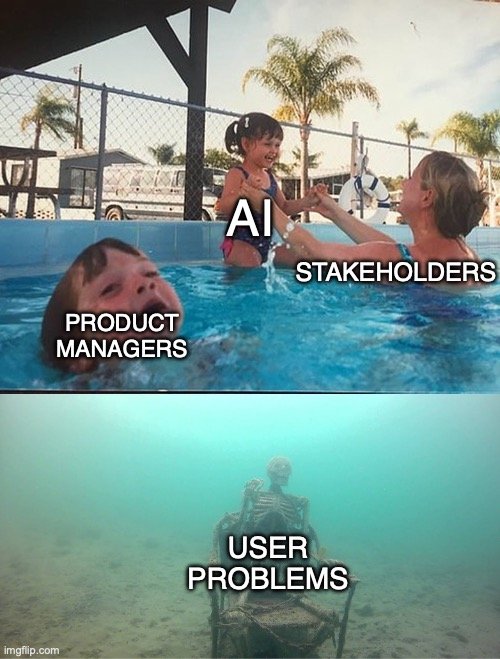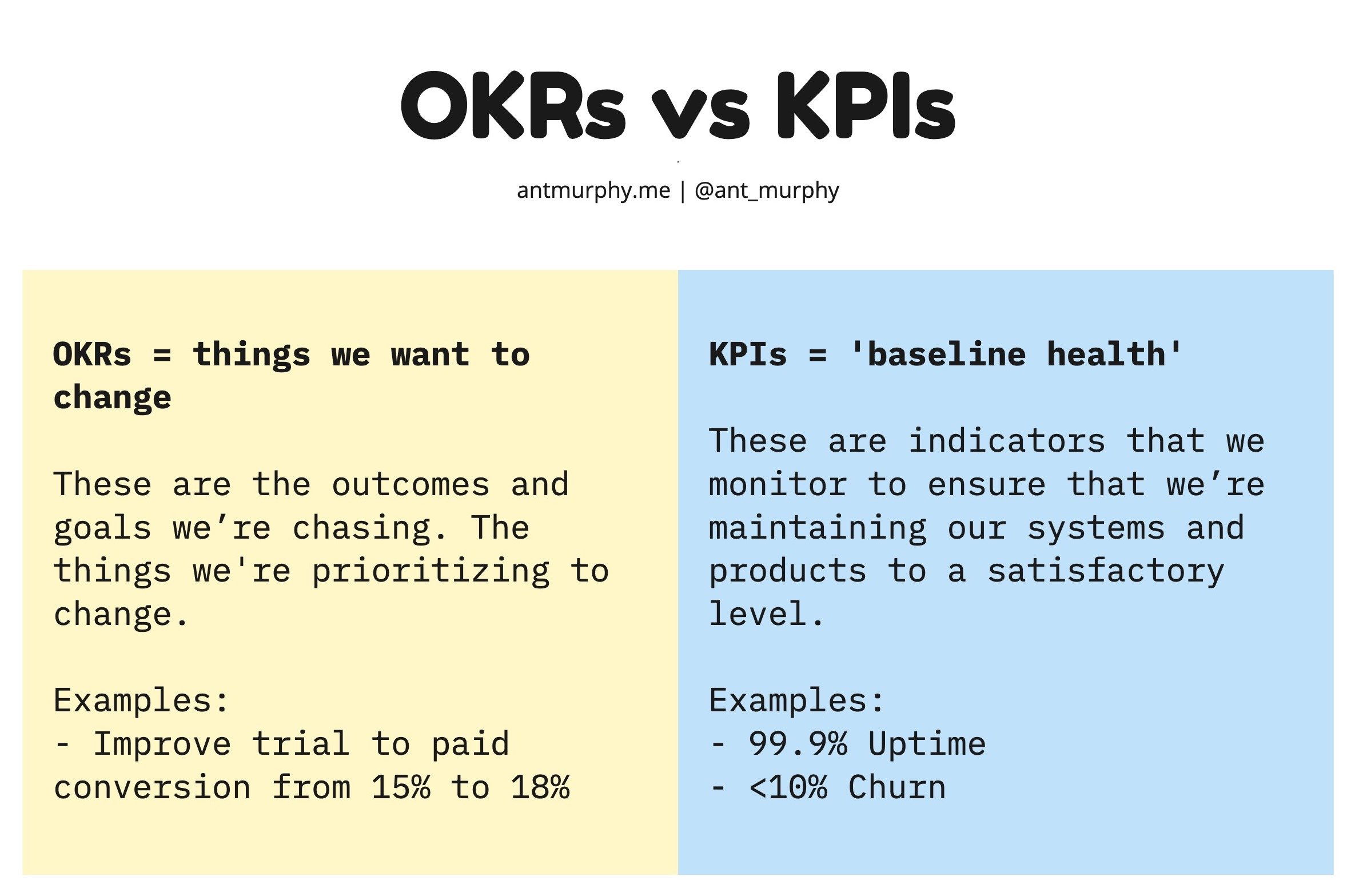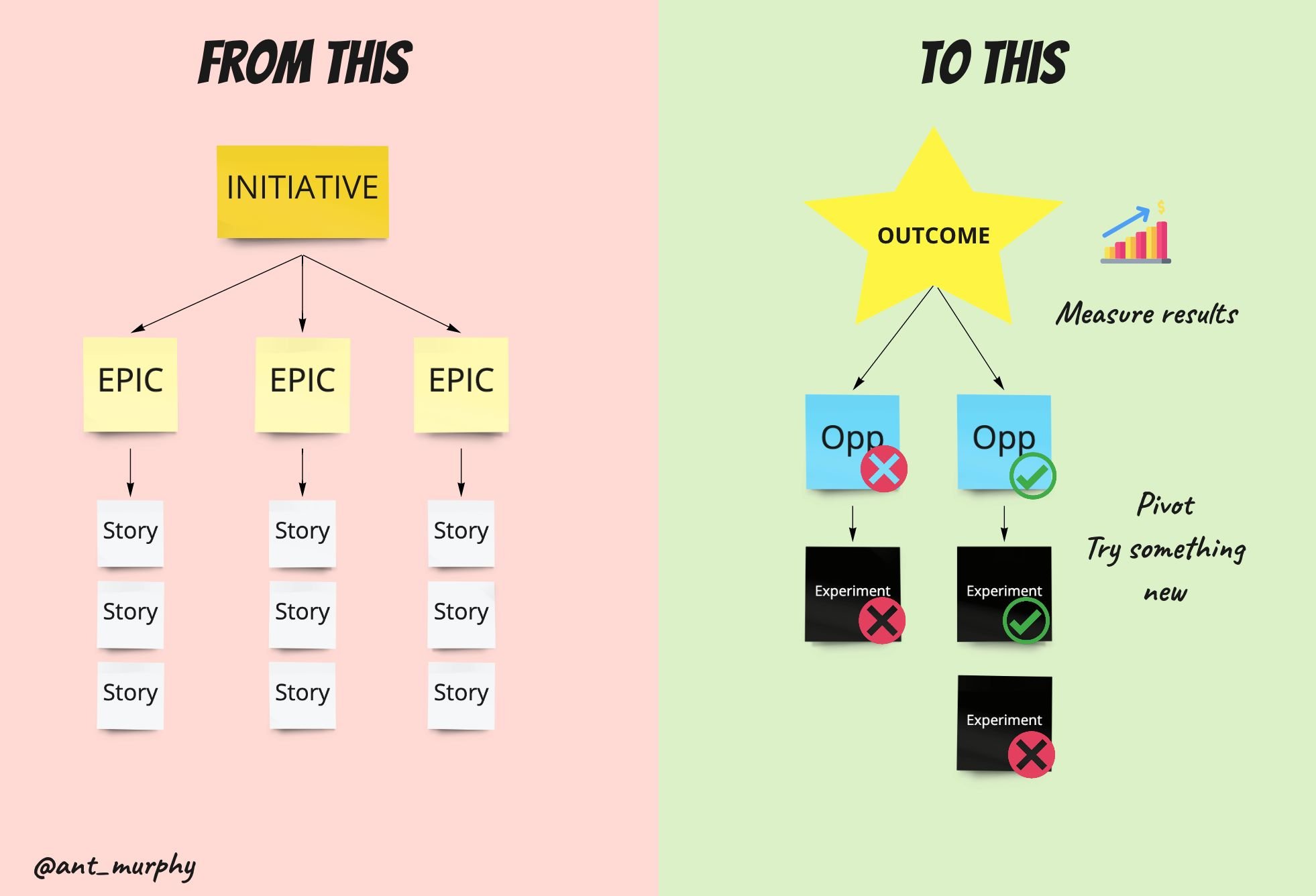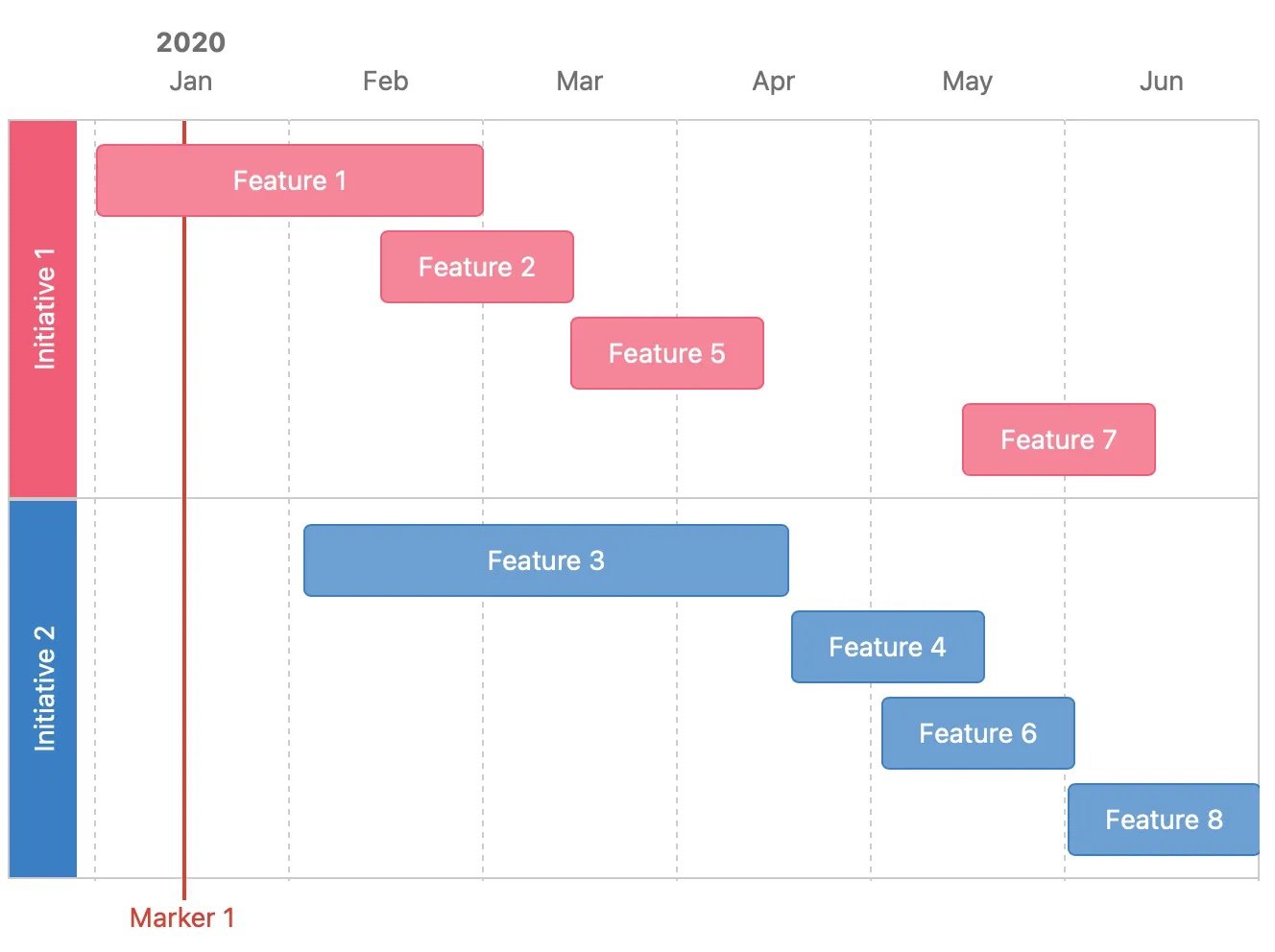“Context NOT Control”
4 easy actions to create clarity and better empower your team.
One of your primary responsibilities as a leader is to create clarity.
Clarity on:
Context
Strategy
Vision
Goals
Roles
Expectations
Careers
Culture
Boundaries
…the list goes on
Something I observe across organisations both small and large is that a lot of friction occurs due to a lack of clarity.
I'm sure you've experienced it. Where expectations, roles, and career paths weren't clear. Perhaps even trying to get a straight answer on what you need to do to get promoted seems impossible.
A lack of clarity also shows up in other ways.
Maybe you've experienced a disagreement between stakeholders on which path we should take. You dig deeper and realise that there's a lack of alignment on the strategy. In fact a clear strategy doesn't exist, not least known to yourself and the team.
If this sounds like I'm describing your company, it's because I've seen this pattern over-and-over again.
The reality is that as a company grows it becomes impossible (and undesirable) for everyone in the company to be across everything. But what this creates is the potential to have silos and a breakdown in information flow.
This leads to a lack of 'organizational clarity' as Ret. US Navy Captain David Marquet, author of the brilliant leadership book 'Turn the Ship Around' would describe it.
As a leader you're exposed to broad information, context and decisions. A crucial part of your role is making that information transparent to your team.
Netflix for example, has the leadership principle; "context not control".
“We expect managers to practice context not control — giving their teams the context and clarity needed to make good decisions instead of trying to control everything themselves. We also help employees learn by sharing a lot of information internally, including through memos where they can comment and ask questions.”
Companies like Netflix understand the value of this and share as much context as possible.
Note, this also is a key ingredient to empowered teams. Giving them the context to make smart decisions rather than top-down commands.
Let's get actionable now.
Since there are an infinite number of ways to create clarity, I thought it would be best to share some examples of how different leaders share context and create clarity.
Note some are from the community when I did a social post on this topic. I love it when other chip in to share their experiences too - so thank you everyone who did 🙏
1. Share your notes
I worked with a CPO once who would share her notes from every executive meeting with her direct reports. This was a straight copy-and-paste. No editing or reframing the message.
I would then take her notes and do the same with my product managers.
And I was not alone with experiencing this radical transparency:
“Senior leaders at Telstra did the same. Sharing their notes from meetings they had at global events with the product team.” - Irene Liakos
I’ve continued to do the same in any role where I had direct reports since with some small tweaks:
Re-writing my notes so they were easier to digest:
For example, add a tl;dr summary and headings. Of course, this takes a lot more time, but as a VP of Product I worked with once said, "my job is to make my team's life easier, not mine", I was trying to live up to that principle!
Recording videos:
Quick Loom videos summarising my key takeaways from the meetings. Especially for events like strategy offsites where I had visuals that I wanted to share.
Like with everything, there's no right or wrong here. I totally get that copying and pasting is the least time-consuming method, and honestly, it worked well. If there was any confusion or questions, people would simply ask.
But as Brendan Marsh noted, we also need to be mindful of being too unstructured as it can create more questions than answers.
“Even better is a summary with what they took away from the convo, along with the notes if they wanted to dig deeper. ie respecting the challenge of too much info / context :)” – Brendan Marsh
A dichotomy to manage, not solve!
2. Share everything
I worked in a startup where every Friday, we would end the week with a whole-team meeting (this was pre-COVID, and we were all in the office), during which we would walk through all the details of the business.
I’m talking about:
People changes, policy changes, general updates
Sales pipeline. What deals we closed that week, what’s in the pipeline, our trend, etc.
and even how much money we had in the bank and our runway!
And sometimes the news wasn’t good!
Sometimes it was “we only have 3-4 months of runway left… we either need to close a big deal, if not we’re going to have to let people go.”
Now, it can be tempting as a founder or leader to want to shield your people from this kind of information—we don’t want to worry them, right? But people are smart. They can tell, just feel it when something is off; It’s hard not to notice that the company hasn’t closed a major deal in a few months.
Without transparency, we jump to conclusions. Often worse-case conclusions!
And rather than banding together to close a deal, we’re freshening up our CVs and are more focused on landing a new role before the company goes under.
Ex-FBI hostage negotiator and author of the book ‘Never Split the Difference’, Chris Voss found that people are surprisingly resilient when it comes to bad news.
“People are remarkably resilient if you give them a second to brace themselves. So that's the way you deliver bad news.” - Chris Voss
I think the same principle applies here, and I’ve seen both scenarios.
In the earlier startup, it brought us closer together.
Sure, we might be worried about losing our jobs in a couple of months, but knowing was better than being surprised by layoffs.
It also motivated the team. Everyone banded together to make sure that we didn’t have to let people go. I saw engineers in pitches trying to help close deals and people reaching out to their network and contacts; it was amazing!
Fast-forward a couple of years, and I had a client in a similar situation. However, the founders didn’t want to ‘worry the team’ but they were burning cash and were struggling to raise the next round of funding.
Unfortunately, I couldn’t convince them to be more transparent about it. Sure enough, the rumor mill started, and people looked for other jobs.
Eventually, the layoffs started to flow in, and the company culture took a big hit. It started a downhill spiral that ended with the board kicking the founders out - it was either them or the company!
3. ‘PostHog Fridays’
Kranthi Kiran shared that at PostHog they did ‘PostHog Fridays’.
“We had a "PostHog Fridays" session every week where the whole team ( including marketing and content writers ) would go through our analytics and watch screen recordings.” - Kranthi Kiran
This is another great variation on the previous example.
Whilst it’s a more product-focused example, we still need to create clarity on these things.
I also love that they included content writers and marketing. I’ve seen similar activities before that are localized to the product teams, which is still great, don’t get me wrong but even better when we’re sharing these things across the whole organization!
Another variation of this was hearing about Zip’s ‘wall of pain’.
A wall where the customer service team put their top 10 customer problems visible to everyone in the company. Every month, the customer teams, product, design, and engineering would meet around it to discuss the top pain points.
4. Weeknotes
Similar to our Friday huddles, weeknotes do the same thing asynchronously (which makes them great for remote teams!).
As their name suggests, a weeknote is simply a ‘note’ sent at the end of the week giving an update on what happened.
Weeknotes do not have a formal structure, nor are they strictly weekly.
If you’re looking for inspiration or an example of what one looks like I’ve published 6 different weeknotes formats and a real example on Product Pathways here.
Weeknotes don’t need to be polished. They should be quick and lightweight.
Something that I like to do is have an apple note pinned to the top that I add dot points in throughout the week.
These dot points are then turned into my weeknotes at the end of the week.
In the past, I’ve also done loom videos instead, using the same dot points as my talking points
FYI this is something I do weekly within the community on Product Pathways.
If you’re interested, I’m opening the community up to an open beta. You can complete the EOI here to get a big discount and priority access as spots are limited.
Here’s one of my community end-of-week looms if you’re interested in what this can look like 👇
Wrap up
Here’s the thing about good leadership. You don’t notice when it’s there, but you do when it’s missing!
Clarity is an excellent example of that.
When things are clear and the teams are humming—working like a well-oiled machine—it’s easy to wonder, what is my role here are a leaders”
It’s easy to discard all the little things you’ve done to create the conditions for that ‘well-oiled machine’.
Now consider the opposite. Teams are getting bogged down in disagreement, roles aren’t clear, and we’re stepping on each other's toes. Things are falling between the gaps. Direction keeps changing every other week, and worse, people are disengaged because they don’t see a career path at the organization. In fact, they have one eye out the door already as they search for that next career step somewhere else.
And here’s the thing. The former requires maintenance.
It’s not a state that you achieve and remain in.
Regression happens.
Things can quickly go from clear to unclear.
So, while the job might feel easier in this environment, it’s never done.
That's it for today.
I hope that's valuable for some of you. I know most people have experienced the opposite, when there was a lack of clarity, so don't be that leader!
This, of course, applies to Product Leaders and Founders but also to Product Managers. Don't forget you're a leader of work, and whilst you may not have direct reports, creating clarity with your stakeholders, product teams, marketing, etc., is critical to product success.














Your OKRs don’t live in a vacuum.
Yet this is exactly how I see many organizations treat their OKRs.
They jump on the bandwagon and create OKRs void of any context.
Here’s what I see all the time…